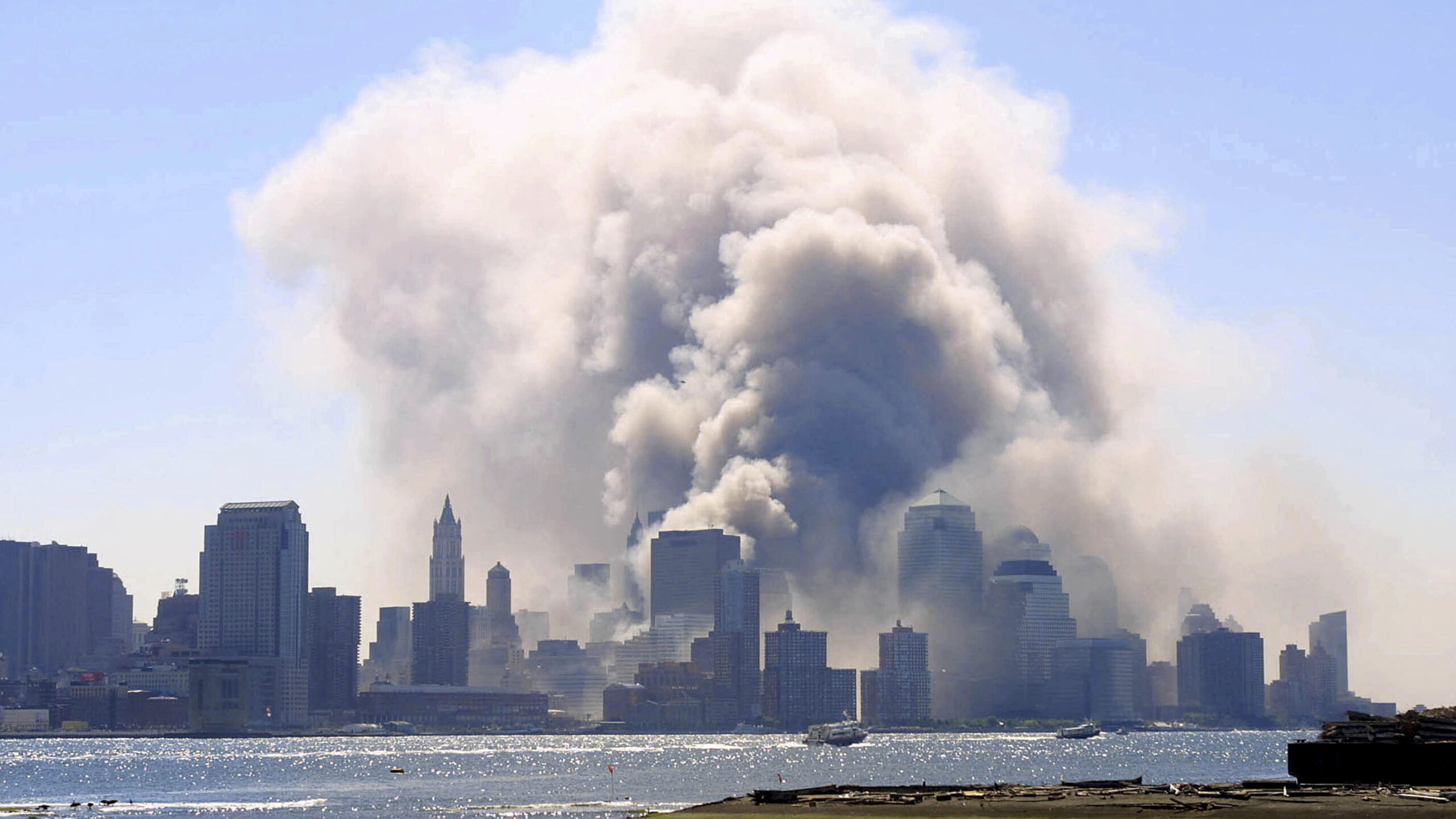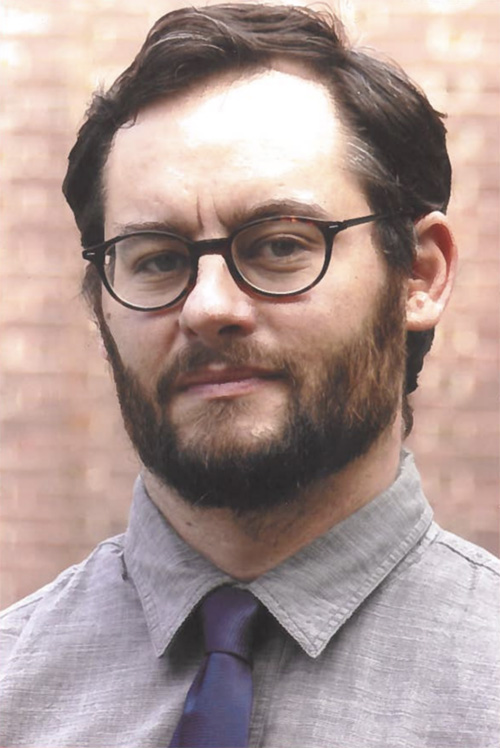9/11 shaped the U.S. in unimaginable ways. This class helps Gen Z students grasp how
“I think students finally understand why the country lost its mind after this disaster,” said Professor Michael Mark Cohen.

zz/Mitch Gerber/STAR MAX/I via AP
September 11, 2024
Unless you lived through the terrorist attacks of Sept. 11, 2001, it’s hard to know what it was like, said UC Berkeley Professor Michael Mark Cohen. Especially because a lot of people don’t want to talk about it.
“Americans have a really hard time talking about 9/11, either because it’s too traumatizing or too controversial,” said Cohen, an associate teaching professor of American studies and of African American studies.
And maybe it’s also because people don’t know how to talk about it, he said — to make sense of what came after and how it continues to shape our country today, from unremitting wars in the Middle East and mass digital surveillance to the precipitation of our hyperpolarized political climate.

UC Berkeley
But, Cohen said, it’s important for today’s college students, most of them born after 2001, to understand not just what happened, but to grasp how disastrous the consequences of 9/11 have been for the U.S.
That’s what led him to create a new course, History of the Present: The U.S. After 9/11, that’s designed to introduce students to that vital history.
In the class, which he first taught last spring and is teaching again this fall, Cohen wants his students to absorb the impact of 9/11 in a deeper, more visceral way. To feel the collective shock and anguish that followed in order to fathom what came next.
“I think students finally came to understand why the country lost its mind after this disaster,” he said, recalling his spring class. “Why the U.S. lashed out in these ‘wars on terror’ in Afghanistan and Iraq; where this explosion of Islamophobia and anti-immigrant xenophobia came from; how the United States became incredibly militarized; and how this new sort of patriotism became weaponized into a polarized politics.
“All of a sudden, this basic subtext of the political wars of the Obama and Trump eras that they’ve grown up in became manifest.”
In 2001, smartphones and TikTok didn’t exist, so there were no personal videos or social media posts during the attack. The only way people could view it was in person or on TV.
To help students comprehend the magnitude of 9/11, Cohen plays the entire 89-minute Today Show live broadcast of the event during his class. They listen to Katie Couric and Matt Lauer as the TV morning show hosts try to figure out what is happening as they, like the viewers, watch the events unfold on the screen. They hear witnesses call in to the show from public pay phones on the streets of New York City, describing the attack in panicked voices choked with emotion.
While students watch the scene unfold, Cohen encourages everyone to talk and ask questions as they come up.
“It’s really an extraordinary exercise,” he said. “To sit together in that shared space and experience this world-changing event in real time is transformative. Students get a sense of the scale of it, the duration of it and the deliberate spectacle of it all in a way that their education has largely avoided.”
The class goes on to discuss the transformative consequences of the 9/11 era, including the Global War on Terrorism, the humanitarian disaster in the aftermath of Hurricane Katrina, the 2008 financial collapse, the Obama era and the Black Lives Matter movement, all the way up to the election of Trump and the Jan. 6 insurrection.
To examine the politics of racism at the time, Cohen has students read a book on Islamophobia and the poetry of Claudia Rankine, and they watch Arthur Jafa’s 2016 video artwork, Love is the Message, The Message is Death, a montage of moving images about the Black American experience that Cohen deems “the most important work of art in the 21st century so far.”
Throughout it all, students are encouraged to think about how their personal memories interact with these historical events. “They begin to draw parallels between their experiences and memories to the ways historians are starting to think about this period,” said Cohen, “and to identify where they might diverge in their thinking.”
At the end of the semester, Cohen steps away from the podium and asks his students to become historians themselves. They give group presentations about significant events or cultural moments of their choice, on topics ranging from popular culture to societal change, and offer their analyses on how to make sense of them from a historical perspective.
“In becoming historians, they cannot only inhabit this era that they’ve grown up in with more confidence,” said Cohen, “but they can also see themselves as knowledge producers in their own right.
“In the end, it’s their turn to hold the room and teach us what they now know to be true — as students, as young historians, as democratic citizens seeking to understand the dramatic changes in the history of the present.”